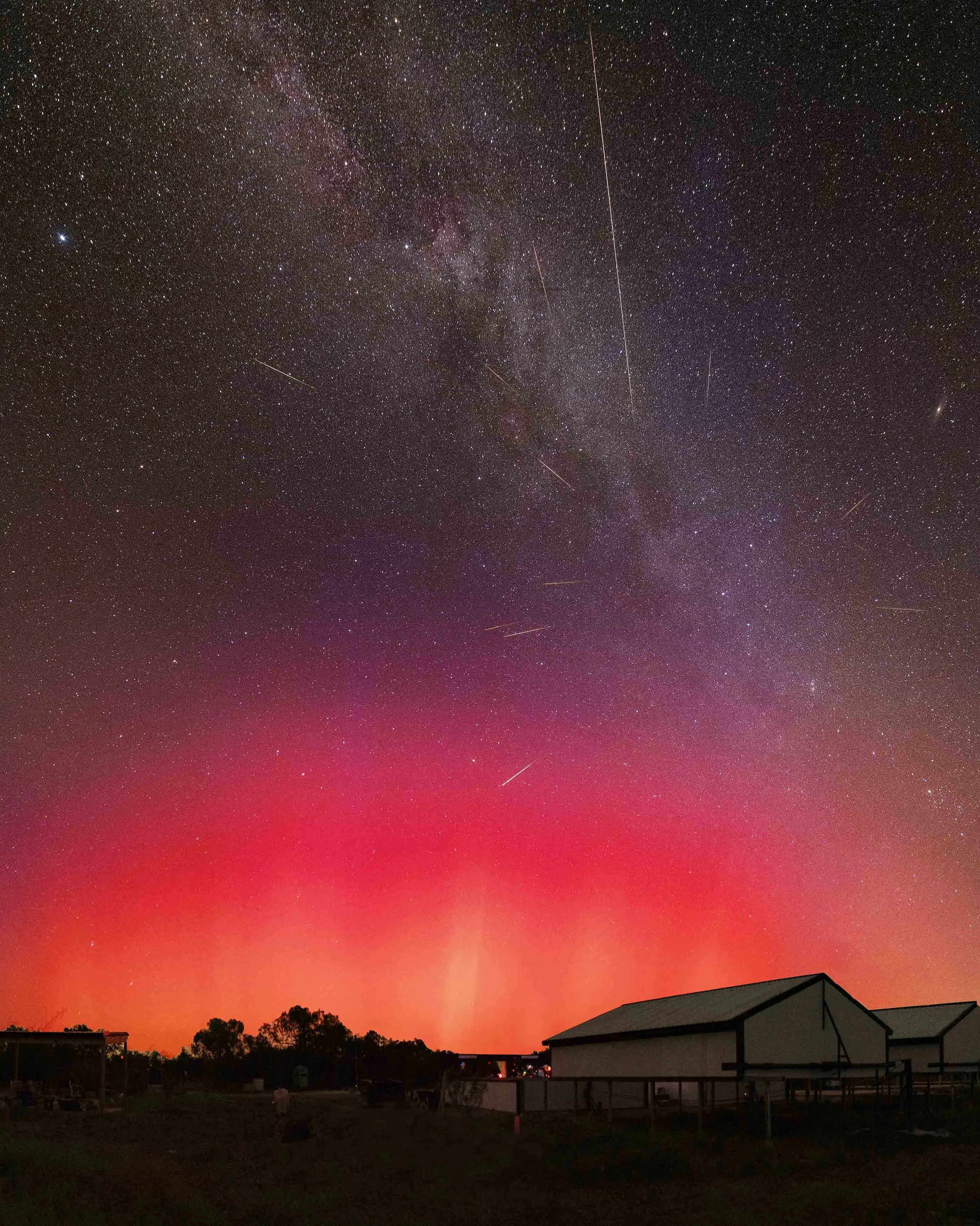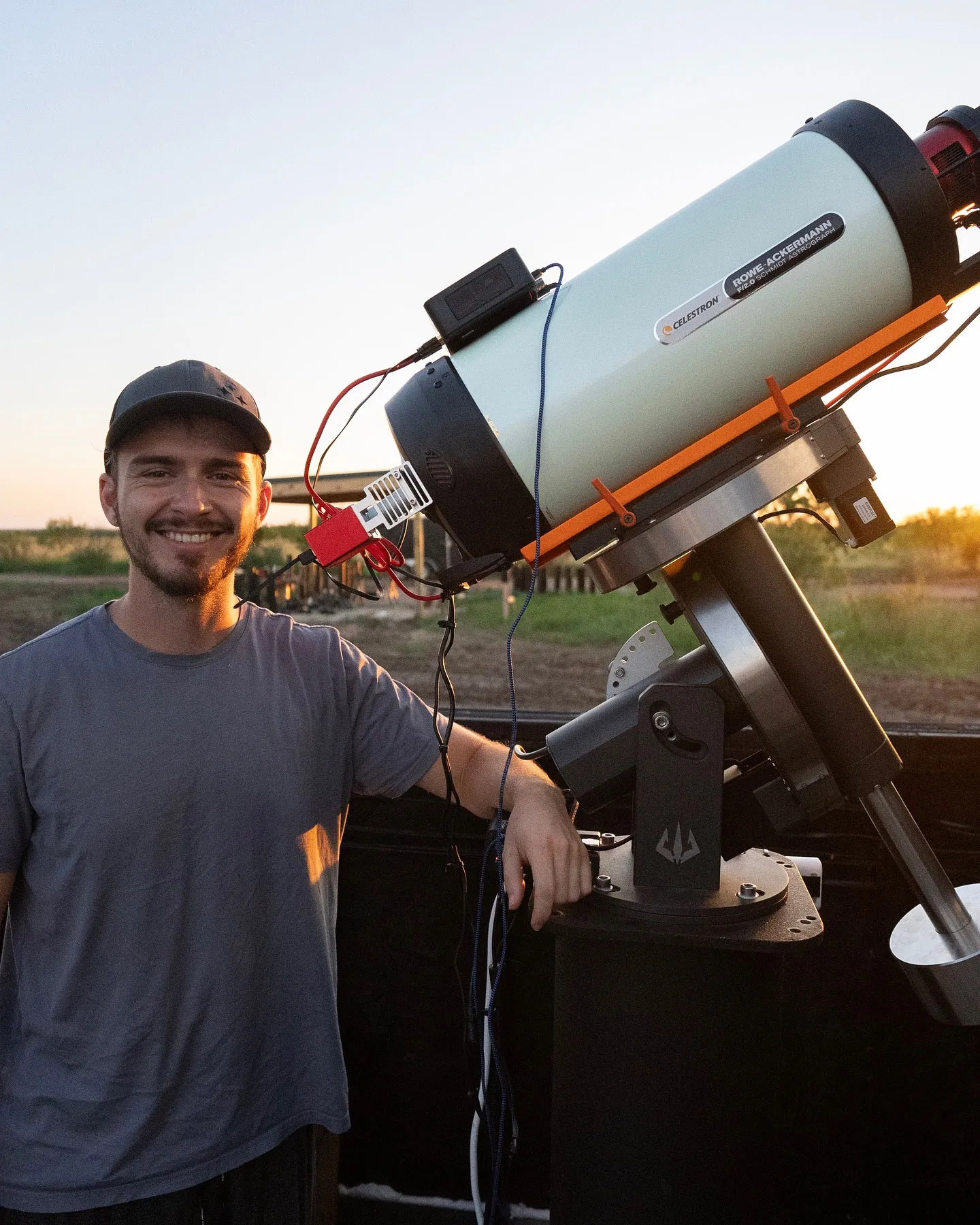How does remote telescoping work

For those with a dusty telescope sitting in the closet, you can ship that out to our remote telescoping observatory so that we can get it installed and operational for you to control remotely.
For those with a dusty telescope sitting in the closet, you can ship that out to our remote telescoping observatory so that we can get it installed and operational for you to control remotely. Simply rent a pier (pier tier depends on the size of your telescope, but check out our reference list on the "Determine your pier type" link located at the top of our website!), and your telescope will now be available to use on any clear night. When skies are clear, our automated roofs will roll off our observatories, granting your telescope remote access to some of the darkest skies in the world, all from the comfort of your home!
What does the reservation deposit do?
Our refundable deposit simply secures your pier at our remote telescoping observatory (since there are limited spaces). It is refundable (less 5% for transactions costs) at any time, no questions asked. It also serves as the installation fee when your telescope is installed.
How much does it cost to have my telescope out at Starfront Observatories?
The primary cost is the monthly pier rental fee, which starts at as low as $149 for a Mini pier. Your reservation deposit already covers the installation fee (for a single telescope). That’s enough to get started!
Beyond the recurring monthly pier rental fee, you will be billed for any advanced tech support ($50/hour) or accessories (e.g., Kasa smart plugs, USD cables) purchased from Starfront.
About the Author

Bray Falls is an astrophotographer and aerospace engineering student at Arizona State University. Falls is a self-taught astronomer and photographer who developed a passion for astronomy at age 14 when he purchased his first telescope. He started by using binoculars to observe the moon and planets, and eventually moved on to a telescope and a camera for capturing faint objects. Falls specializes in deep sky astrophotography. He has made several scientific discoveries, including the Vulcan Nebula, which was previously unresolved. Falls has also collaborated with other astrophotographers to create detailed images of galaxies and nebulae. Falls was the vice president of the ASU Astronomy Club from 2016 to 2019 and a social media manager for SEDS ASU Rocketry.

